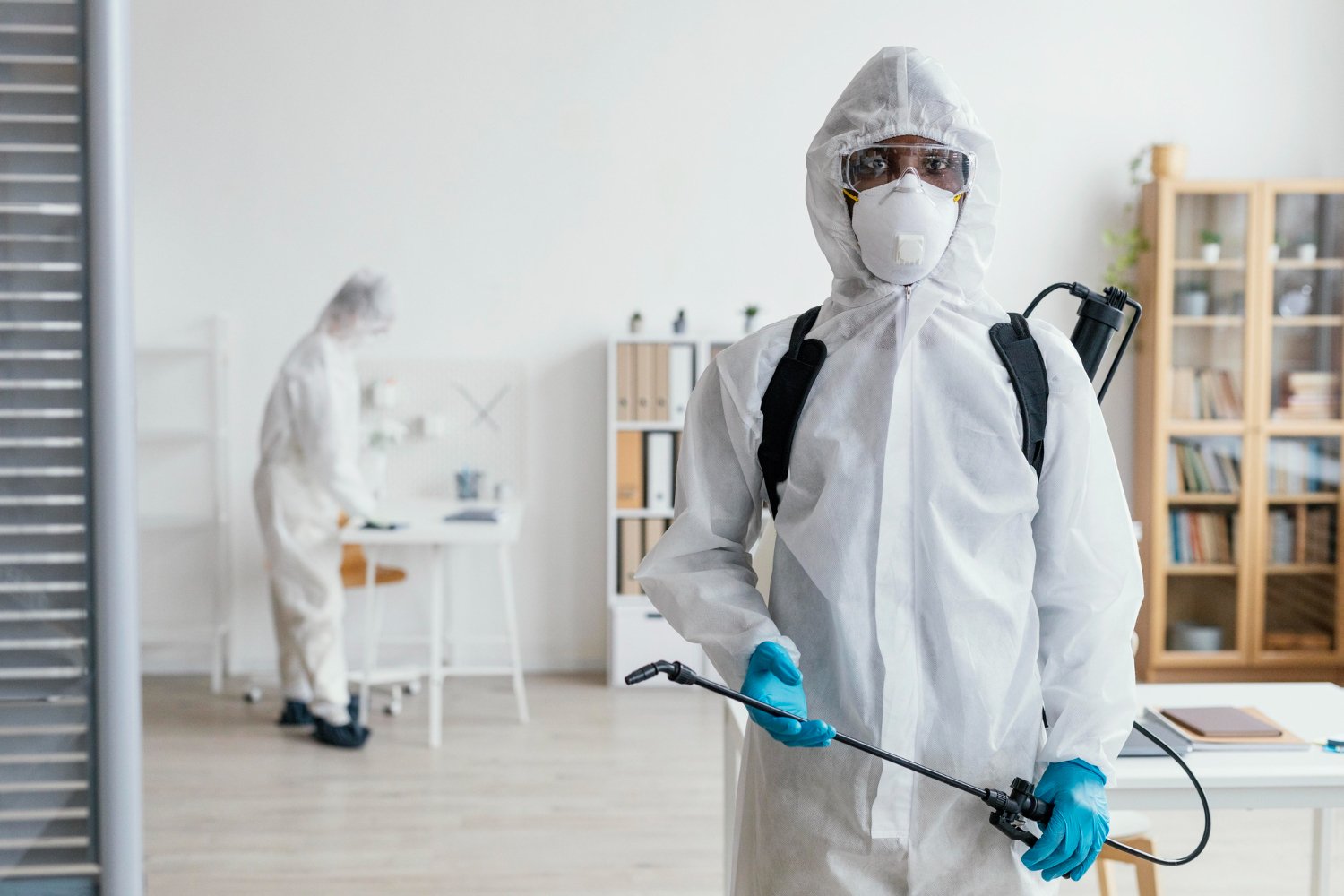Checking Out Invasion and Treatment Approaches in the World of Parasite Control
The landscape of parasite control incorporates a myriad of obstacles, especially as problems of common household insects proceed to advance. By integrating preventive actions with innovative administration methods, such as Integrated Pest Management (IPM), home owners can better protect their environments.

Typical Family Vermin
When it involves managing our living areas, understanding common home bugs is essential. These bugs not only disrupt our convenience yet can likewise posture wellness risks and damage residential or commercial property. The most common household bugs consist of ants, roaches, rats, termites, and bed pests.
Ants, commonly seen foraging in kitchens, can pollute food and establish huge swarms. Cockroaches, recognized for their resilience, can set off allergic reactions and spread virus. Rodents, consisting of computer mice and rats, can create structural damages and carry conditions like hantavirus and salmonella. Termites, frequently referred to as "silent destroyers," can endanger the stability of wooden frameworks, leading to costly repairs. Bed insects, although not disease service providers, can cause significant pain with their bites and cause emotional distress.
Recognizing the indications of these bugs, such as droppings, nests, or bite marks, is essential for early treatment (Pest Control Lockhart). Proper sanitation methods, securing entrance factors, and preserving a clutter-free environment work preventative measures. By identifying these common house insects and understanding their habits, property owners can take proactive actions to mitigate infestations, making sure a healthier living environment
Understanding Parasite Infestations
Bug problems can intensify quickly, transforming a small inconvenience into a considerable trouble otherwise dealt with immediately. Recognizing the nature of these problems is critical for effective administration. Insects can attack property and business spaces for numerous reasons, including the look for food, shelter, or reproducing grounds. Usual factors adding to infestations consist of inadequate hygiene, architectural vulnerabilities, and seasonal modifications that drive pests indoors.
Determining the kind of pest is essential, as different species show varied actions and reproductive prices. Rodents may develop nests in concealed locations while pests like roaches thrive in wet atmospheres. Early discovery typically hinges on acknowledging indicators such as droppings, munch marks, or uncommon audios, which can indicate an issue prior to it comes to be severe.
Warm, moist environments can help with the fast development of parasite populaces, while changes in landscape design or building can accidentally produce favorable settings. An enlightened strategy to understanding these characteristics lays the groundwork for efficient parasite monitoring methods in the future.
Therapy Approaches and Methods
Effective therapy methods and strategies are crucial for reducing insect problems and restoring a secure setting. A diverse method is often best, incorporating next chemical, biological, and mechanical methods customized to the certain insect and the severity of the infestation.
Chemical therapies consist of the use of insecticides and herbicides, which can effectively eliminate pests. However, appropriate application and adherence to security standards are vital to decrease threats to people and non-target organisms. Integrated Pest Monitoring (IPM) motivates the judicious use of chemicals as a last resource, relying rather on monitoring and limit degrees to determine intervention needs.
Organic control methods involve presenting natural predators or bloodsuckers to minimize pest populaces. This strategy is progressively popular, particularly in farming setups, as it promotes ecological sustainability.
Mechanical techniques, such as catches and barriers, provide immediate relief from pests without presenting chemicals. Options consist of sticky catches for insects or physical barriers for rats.
Inevitably, the option of therapy approach ought to think about the details bug, the environment, and prospective effect on human health and communities. A well balanced combination of these methods can successfully manage infestations while promoting lasting insect control services.
Safety Nets for Homes
Proactively dealing with bug problems prior to they intensify is essential for keeping a healthy and balanced home environment (Pest Control Lockhart). Carrying out reliable preventive steps can dramatically reduce the chance of infestations, ultimately securing both your home and health

Appropriate landscape design additionally plays a crucial duty in prevention. Maintaining bushes and trees trimmed away from your home minimizes the opportunities of bugs discovering their method inside your home. In addition, make certain that water drainage systems are functioning effectively to look at here now stop standing water, which can attract insects and various other pests.
Lastly, routine inspections are a good idea. Frequently examining for signs of bug task permits early treatment. By embracing these precautionary steps, property owners can produce an atmosphere that is much less welcoming to bugs, therefore boosting their general lifestyle and decreasing the demand for considerable bug control interventions.
Business Parasite Control Techniques
A thorough strategy to industrial insect control is vital for businesses intending to keep a risk-free and hygienic setting. Effective methods involve a combination of normal inspections, employee training, and the implementation of Integrated Parasite Administration (IPM) techniques.
Regular assessments enable very early detection of insect task, enabling prompt treatment. Services ought to create a routine schedule for these assessments, concentrating on high-risk areas such as cooking areas, storeroom, and waste disposal sites. Staff member training is equally critical; staff needs to be informed on the indicators of insect invasions and the relevance of reporting them right away.
Applying IPM techniques assists minimize pest issues sustainably. This includes environment adjustment, such as sealing entry points and lowering mess, along with employing all-natural deterrents prior to turning to chemical treatments.

In addition, collaborating with a licensed insect control company makes sure accessibility to specialist expertise and innovative therapy options. This collaboration can cause tailored insect control prepares tailored to the details demands of the organization, minimizing threats and boosting general efficacy. Inevitably, a positive and enlightened method fosters a pest-free atmosphere, safeguarding both public health and wellness and organization track record.
Verdict
In final thought, efficient pest control necessitates a thorough understanding of common family insects and their habits, combined with targeted therapy methods. Implementing preventative measures alongside treatment strategies such as Integrated Bug Administration visit this website and organic control boosts the ability to minimize problems.